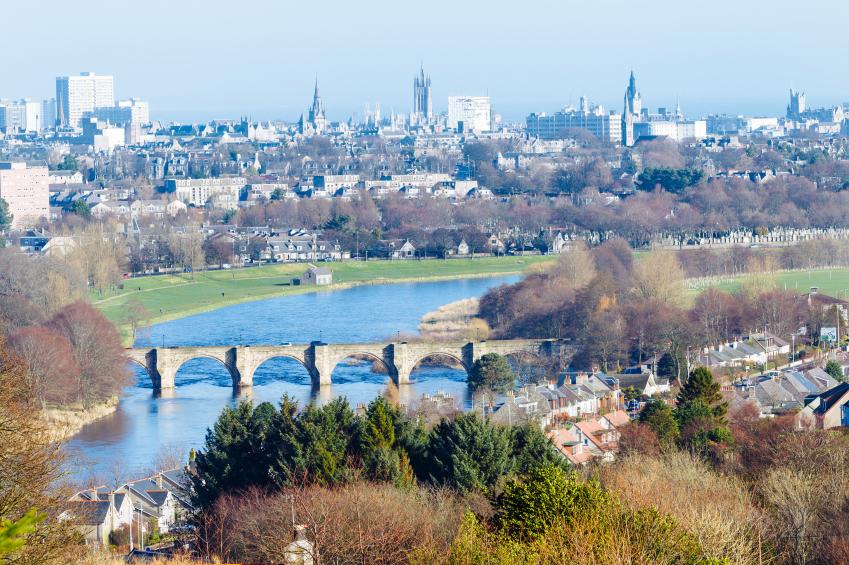Scotland is known for a great many things: Kilts, the Highlands and the Loch Ness Monster immediately come to mind.
However, one of the most prevalent and beloved things to come out of Scotland is Scotch whisky (just don't tell the Irish, who contest that they were the true inventors of the spirit). Whisky has been an important part of Scottish tradition for hundreds of years, and during your holiday in Europe, you'll undoubtedly want to sample some of the good stuff. If you're planning a holiday to Scotland, no trip would be complete without a whisky tasting. Our 10-day, 9-night Taste of Scotland and Ireland tour includes a tour of the Blair Athol Distillery as well as an authentic Scotch whisky tasting.
History of Scotch whisky
First and foremost, to clear things up, 'whisky' and 'whiskey' are alternate spellings for the same beverage. Whisky is simply the Scottish spelling of the term, while whiskey is primarily used in Ireland and the US. According to the BBC, the term whisky evolved from the Gaelic term usquebaugh or uisge beatha, meaning 'water of life'.
Scotch whisky traces its roots back to 1494, according to the Scotch Whisky Association. In its early years, malt whisky was made by Scottish monks and was primarily distributed for medicinal purposes. Whisky was believed to aid in health and well-being and reduce symptoms of palsy, smallpox and colic.
By the 1500s, excessive taxation drove many distillers to move underground. For hundreds of years, whisky producers avoided paying high taxes on their sales by smuggling the beverage to their buyers. It wasn't until 1823 that the Excise Act allowed distillers to pay a small licence fee in exchange for rights to make and sell whisky.
Today, both malt whisky and grain whisky are well-loved the world over. They remain important components of both Scottish and Irish heritage and culture and have become popular overseas, particularly in countries such as the US, Canada and Japan.
Taste testing the good stuff
When tasting whisky, you'll first want to select a glass that allows you to explore the nose of the Scotch. A great glass for whisky tasting will have a shape similar to a sherry glass. This will allow you to stick your nose right into the glass and appreciate the aroma of the whisky.
Master Blender Richard Paterson told Wired that you should first prime the glass by swirling a dab of whisky to coat the edges. Be sure to continue swirling the liquid as you toss the whisky out of your glass.
Next, you'll move on to sniffing the drink. Stick your nose in the glass and take a sniff - you'll get a lot of heat (alcohol) upon your first sniff. After your nose has absorbed this initial shock, you should be ready to take a deeper inhalation and really appreciate the scent of the Scotch. Master of Malt recommends thinking about nostalgic connections: Does the whisky remind you of your grandfather? Does it have a faint scent of wood?
Now it's time for the fun part: tasting the Scotch. Take a tiny sip of Scotch into your mouth and swish it around your palate and over your tongue. If you have a hard time focusing on the flavour, close your eyes to tune out your other senses. Paterson recommends allowing the whisky's taste to linger over your tongue for at least 20 to 30 seconds - this will give you time to register the flavours you're noticing.
Upon your second taste, you may want to add a bit of distilled water if the initial flavour was too strong for you. Master of Malt notes that water can 'open up' the whisky and help you appreciate its flavours with more distinction.













